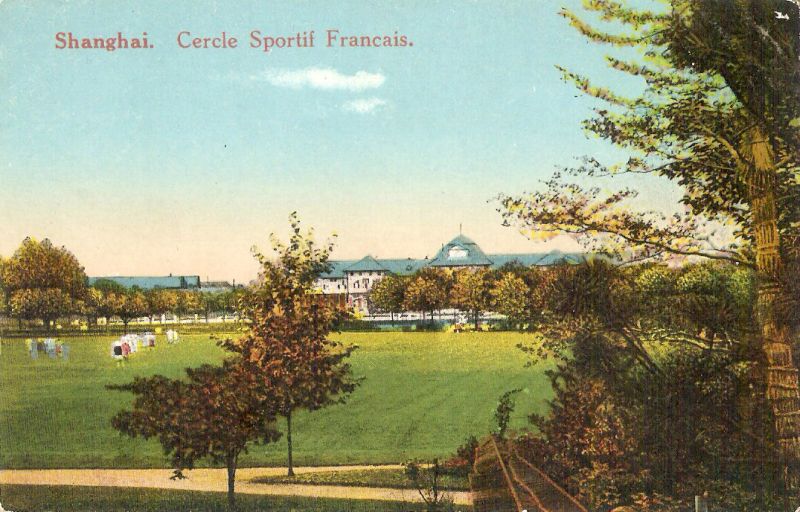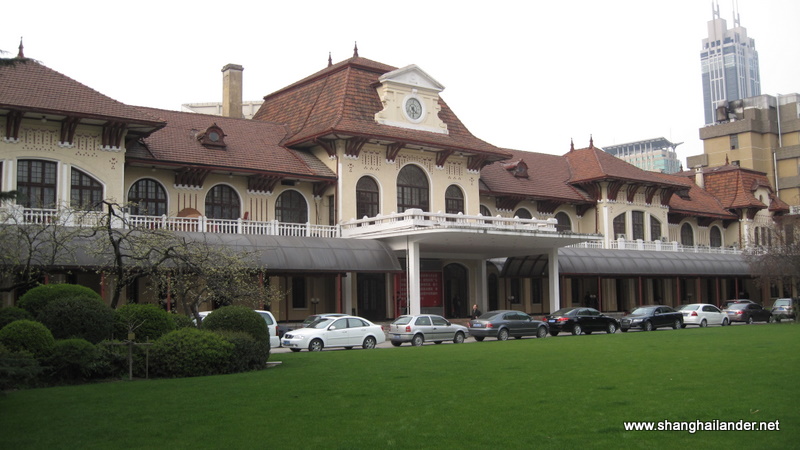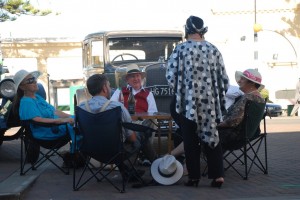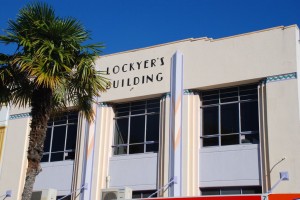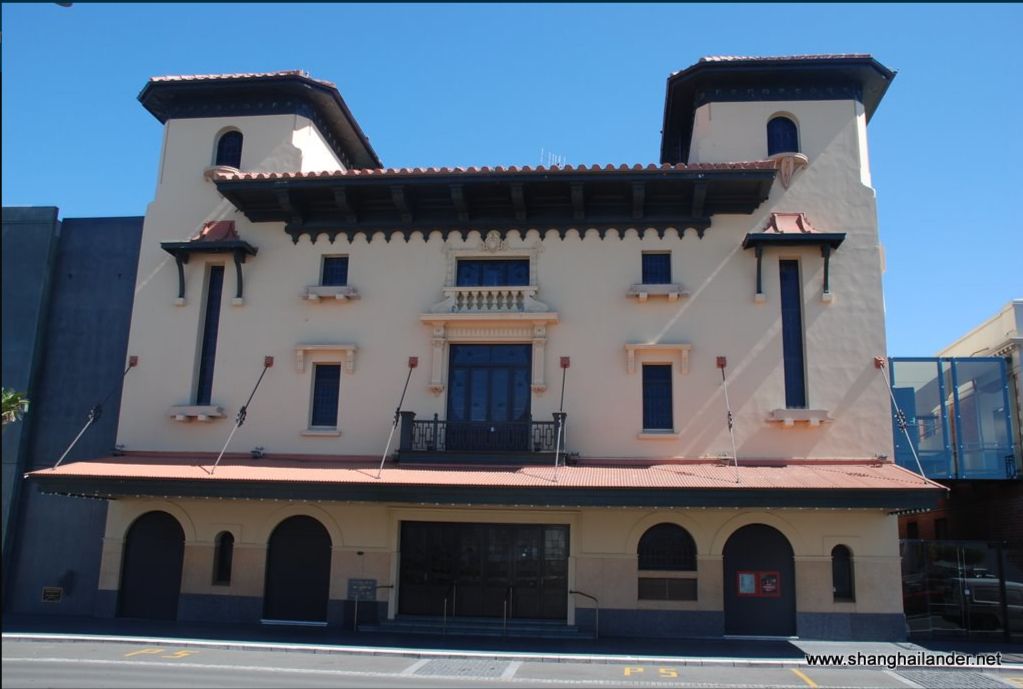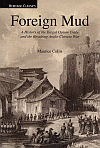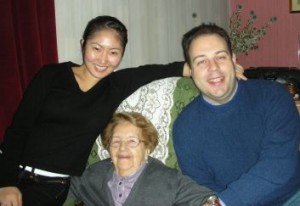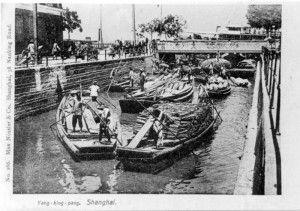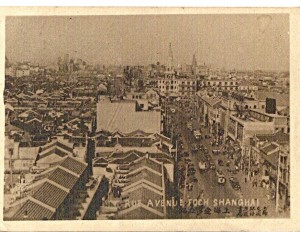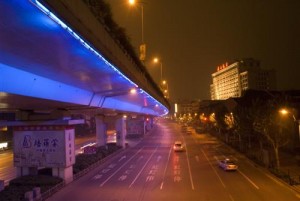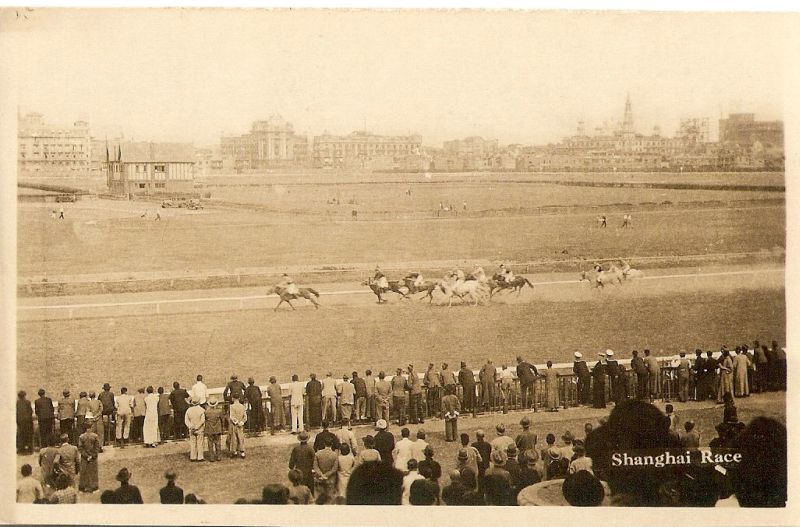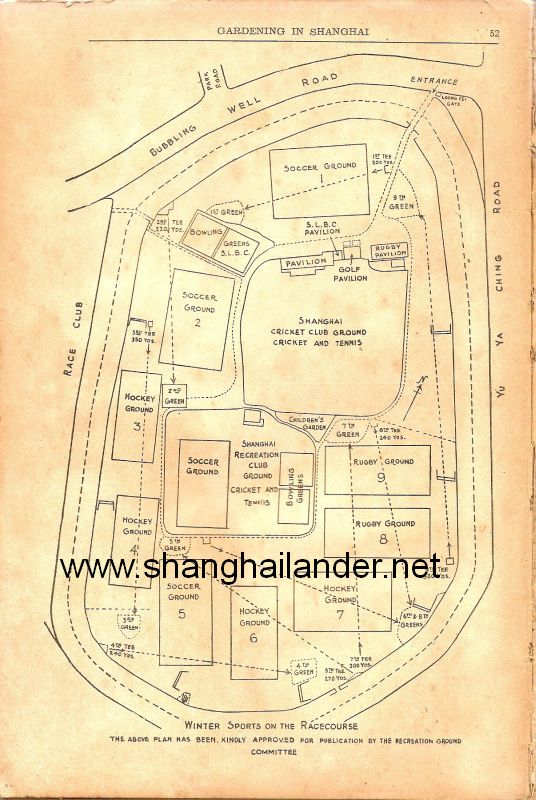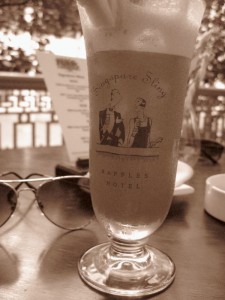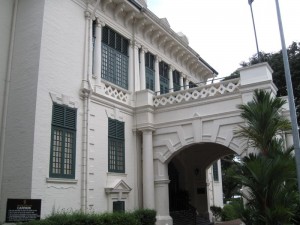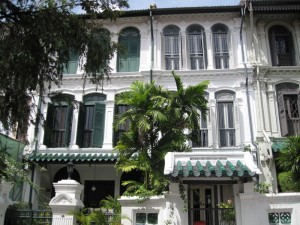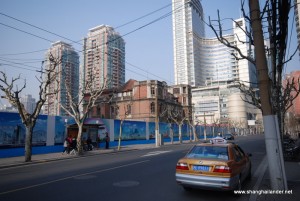
Having lived in Shanghai for more than 6 years, I have seen a clear evolution of the vision of Shanghainese people and the Shanghai municipality. A few years ago, only foreigners were complaining about the destruction of the Shanghai architectural heritage. The fashion was about new, new, new and the past and its remains had no importance whatsoever. Shanghai was supposed to become another version of Hong Kong and Singapore where only a few trophy buildings remain within the everlasting paradise the skyscrapers and other “high level real estate developments”, i.e. brand new building of average quality, lots of marketing and nor more personality than the neighbor. I have seen the evolution with a few of the main buildings being kept away from demolition by the municipality, but the EXPO has clearly accelerated the process.
First of all, most Shanghai facades have been now renovated. This is often limited to the front row of a lane and not always of best quality, but it is clearly a step forward. The face lift given to building gives a much better look to the city and will show to the inhabitants that old does not mean necessarily shabby. Until now, the renovation is mostly limited to the exterior, but I am sure that it will extend to the interior as well. In other part of the world well built and maintained buildings can survive through the ages, while being transformed for various usage. Like in Europe in the 1960’s I hope this will be a turning point for Shanghai.
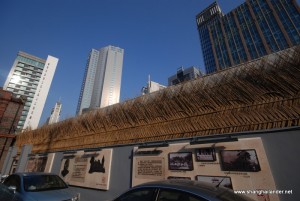
Secondly, plates and explanation about local history have been put in a number of places just before the expo. Besides giving information to tourists, they also have a lot value for the local people. They are often extremely surprised to learn that the old rotten shag where they think they live in, is actual a wonder of Art Deco or neo-classic architecture.
Thirdly, the whole image of 1920’s and 30’s Shanghai has changed in a few years, thanks to a large number of articles and TV programs about the topic. I always find it kind of funny when I see a sign celebrating the 100th anniversary of various things in Shanghai (transport systems, parks, hospital, university) where no mention is made that actually often foreigners brought these novelties to Shanghai. Once a taboo or forgotten period, old Shanghai is now a common topic of conversation and of pride for Shanghainese, at least some of them. At the same time, the image of foreigners in this period is also changing as Shanghai revisits its own history. Last but not least, the whole image of the Republican period is also changing slowly at least in Shanghai.
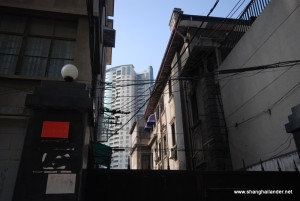
Finally, more and more buildings are being protected. One of the latest turn seems to be to keep of the old while building new. In the development I have seen in the past, all buildings on the site were destroyed. During construction, a master house was often built first with a very large garden around, as ground was cheap then. A few years or decades later, the owner would sell part of his garden for a very high price, as the city had extended and a shikumen would be built. The master house would be engulfed into it and is often still there, lost in the middle. The new trend in real estate development is to keep this master house while destroying the shikumen around. In Jing An district where I work, there are 3 massive real estate development that started with destroying the shikumen on the location but keping the master house. I guess they will use it as the club house, taking advantage of the space offered while adding value to the compound. In one of them (picture on the top), the master house as even been moved 100 meters towards Wei Hai Road to give space for real estate development and preserve it at the same time.
This form of preservation is clearly a new trend and probably imposed by new regulation on the developers. Old buildings will become more trendy and more expensive, fueling investment in this new segment. Somebody finally realized how to combine profit and heritage preservation in Shanghai and this is great news.
